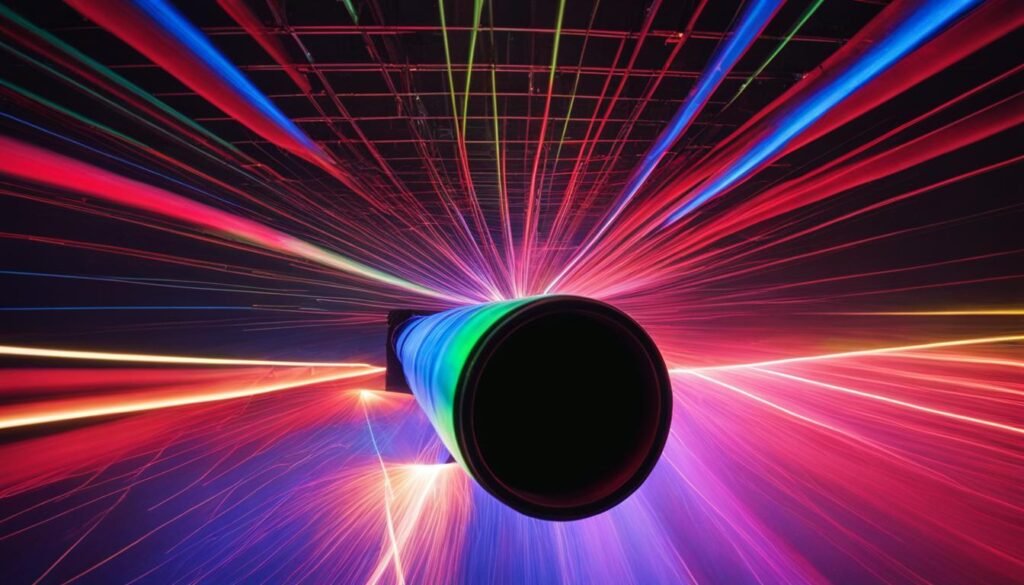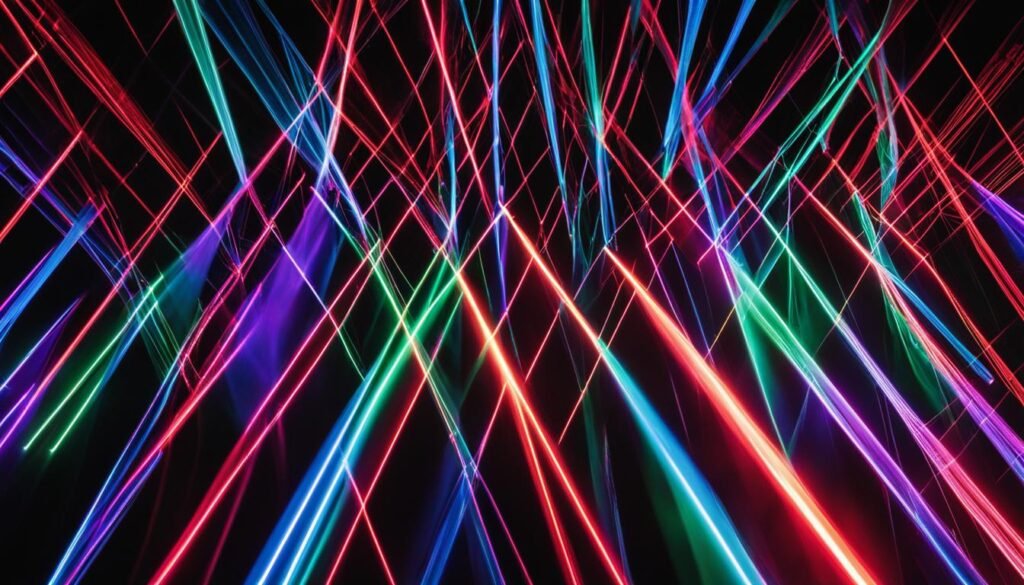
Source: Nature
Passive Mode Locking of Lasers: A Comprehensive Guide
Passive Mode Locking Overview
Passive mode locking is a technique used in lasers to generate ultrashort light pulses. It involves incorporating a saturable absorber with specific properties into the laser resonator. This method allows for the generation of very short pulses, particularly in the femtosecond range. In contrast to active mode locking, passive mode locking is preferred for applications requiring extremely short pulses.
Steady State of a Passively Mode-Locked Laser
In a passively mode-locked laser, a circulating pulse is maintained within the laser resonator. The saturable absorber within the resonator saturates absorption each time the pulse hits it, reducing losses and stabilizing the pulse. The absorber helps suppress additional weaker pulses and continuously attenuates the pulse’s leading edge, thereby decreasing the pulse duration.
Fast vs. Slow Saturable Absorbers
Saturable absorbers are classified as fast or slow based on their recovery time compared to the pulse duration. Fast absorbers modulate losses in sync with optical power variations, while slow absorbers have a recovery time longer than the pulse duration. Both types play crucial roles in passive mode locking, influencing the stability and characteristics of the generated pulses.
Types of Saturable Absorbers
The most common saturable absorber for passive mode locking is the semiconductor saturable absorber mirror (SESAM). SESAMs offer versatility in mode-locking different types of lasers. Other saturable absorbers include quantum dot-based absorbers and artificial absorbers utilizing nonlinear effects for mode locking.
Dispersion and Nonlinearities
Chromatic dispersion and nonlinear effects such as the Kerr effect impact pulse generation in mode-locked lasers. Dispersion compensation techniques are employed to manage pulse characteristics, especially in femtosecond lasers. Understanding and controlling nonlinearities are essential for optimizing pulse duration and stability.
Mechanisms of Pulse Formation and Shaping
Pulse formation in mode-locked lasers involves a delicate balance of various effects. Pulse shaping processes depend on laser type, pulse duration, and saturable absorber properties. Numerical modeling aids in studying and optimizing pulse shaping for enhanced laser performance.
Achievable Pulse Duration
Factors like gain bandwidth, modulation depth, and intracavity losses determine the shortest achievable pulse duration in a mode-locked laser. Different laser types and operational regimes influence pulse duration limits, with femtosecond lasers requiring precise dispersion control for ultrashort pulses.
Instabilities and Pulse Diagnostics
Saturable absorbers can lead to instabilities like passive Q switching or noisy mode locking if not appropriately designed. Pulse diagnostics are crucial for confirming stable mode locking and optimizing laser performance.
Optimum Design
Optimizing a mode-locked laser design involves understanding the interplay between various parameters and effects. Design considerations like saturable absorber modulation depth and Q-switching instabilities impact laser efficiency and performance. A comprehensive understanding of these factors is essential for effective laser design.
In conclusion, passive mode locking of lasers offers a powerful method for generating ultrashort pulses essential in various scientific and technological applications. By mastering the principles and techniques of passive mode locking, researchers and engineers can unlock the full potential of ultrafast laser systems for cutting-edge research and industrial applications.
Source: elearn.psgcas.ac.in
Feel free to comment your thoughts.



